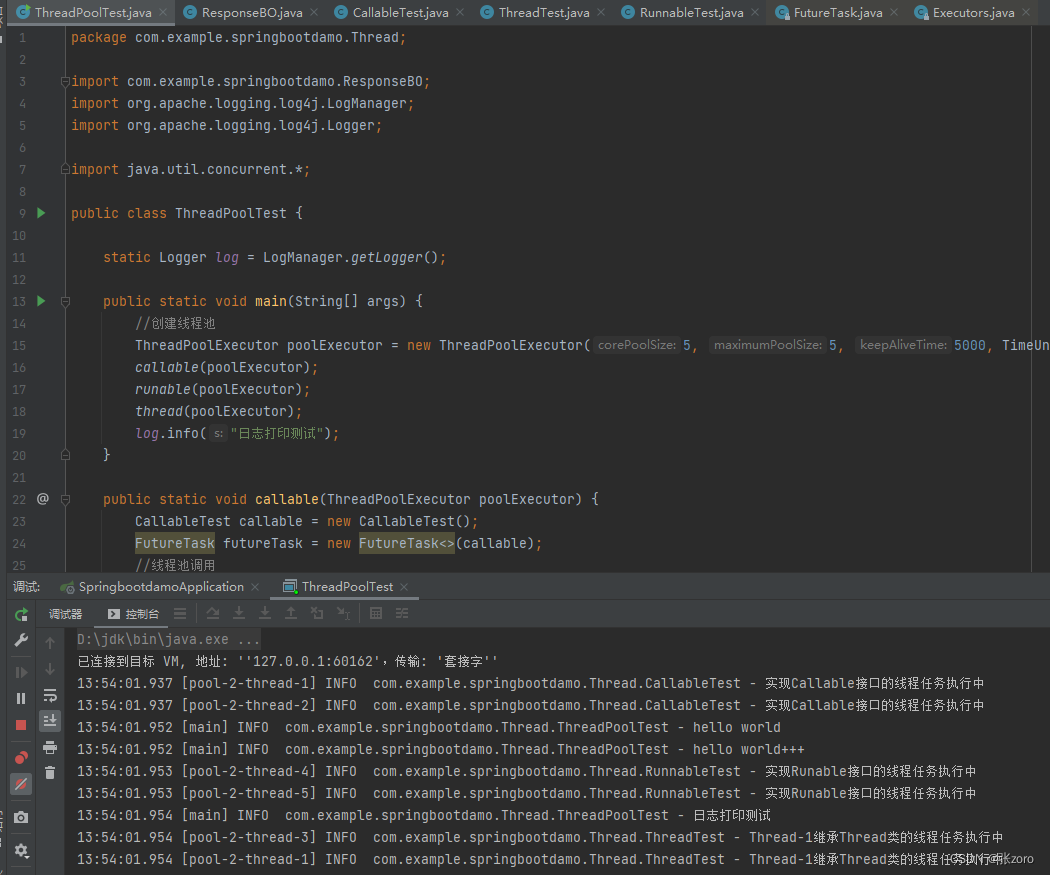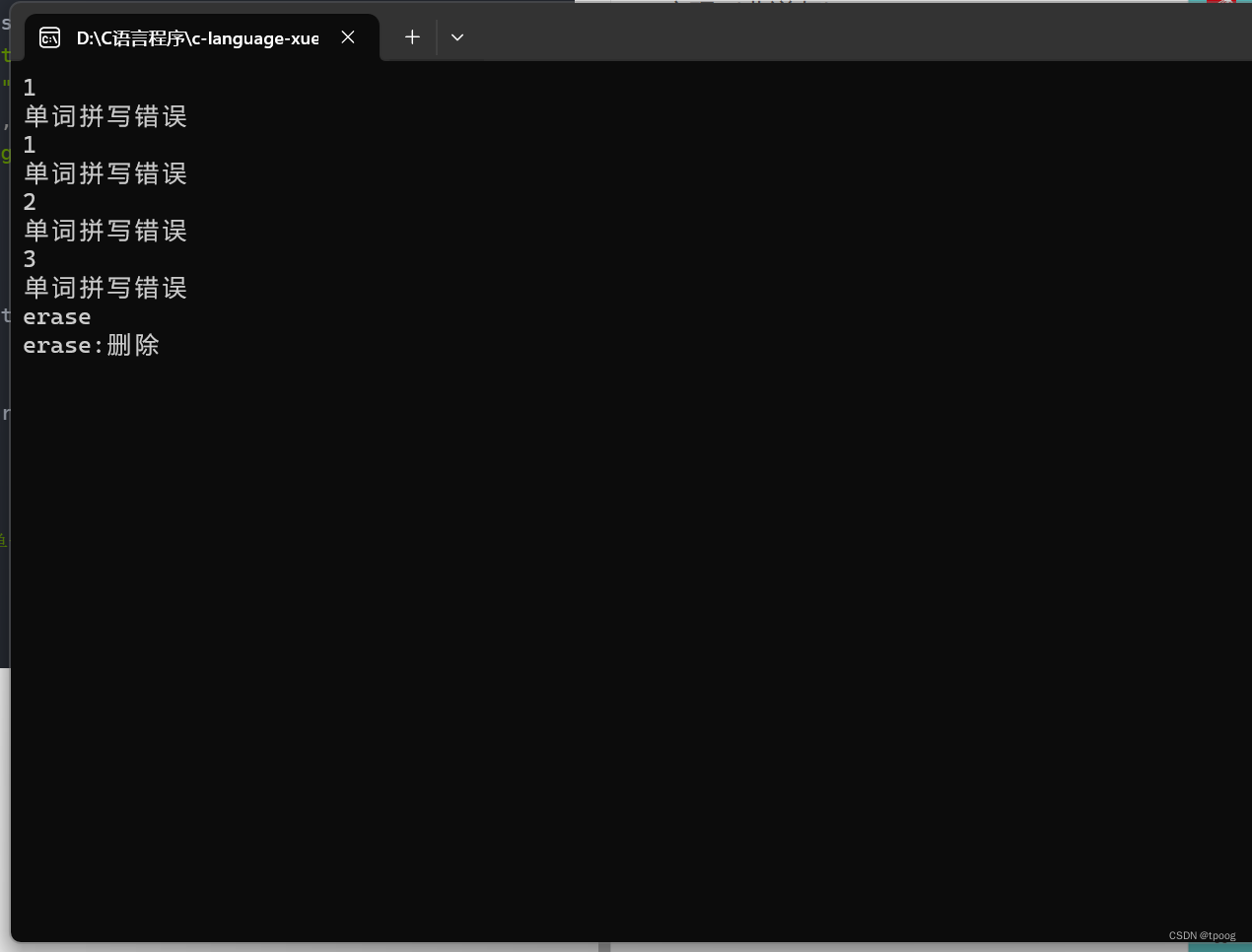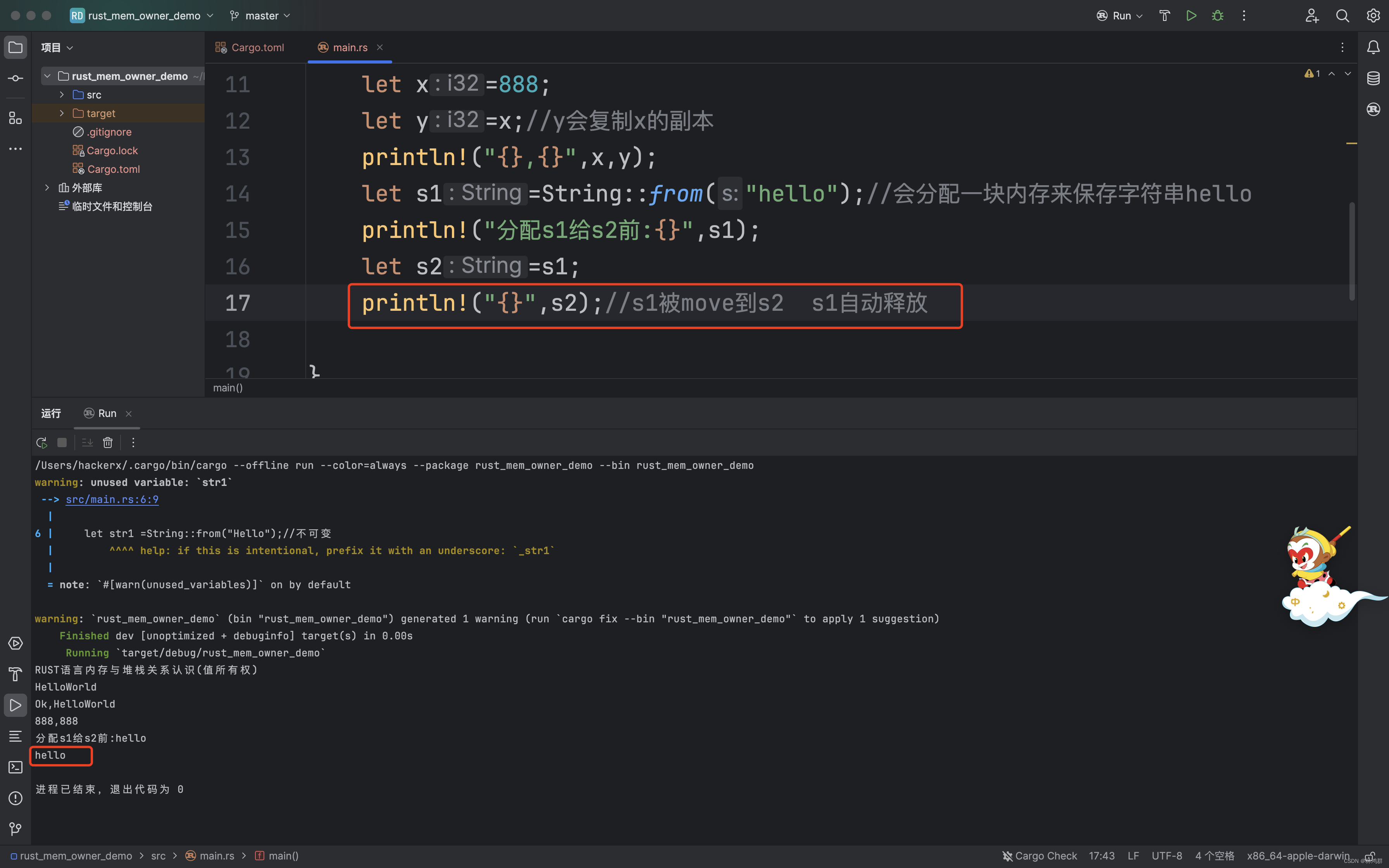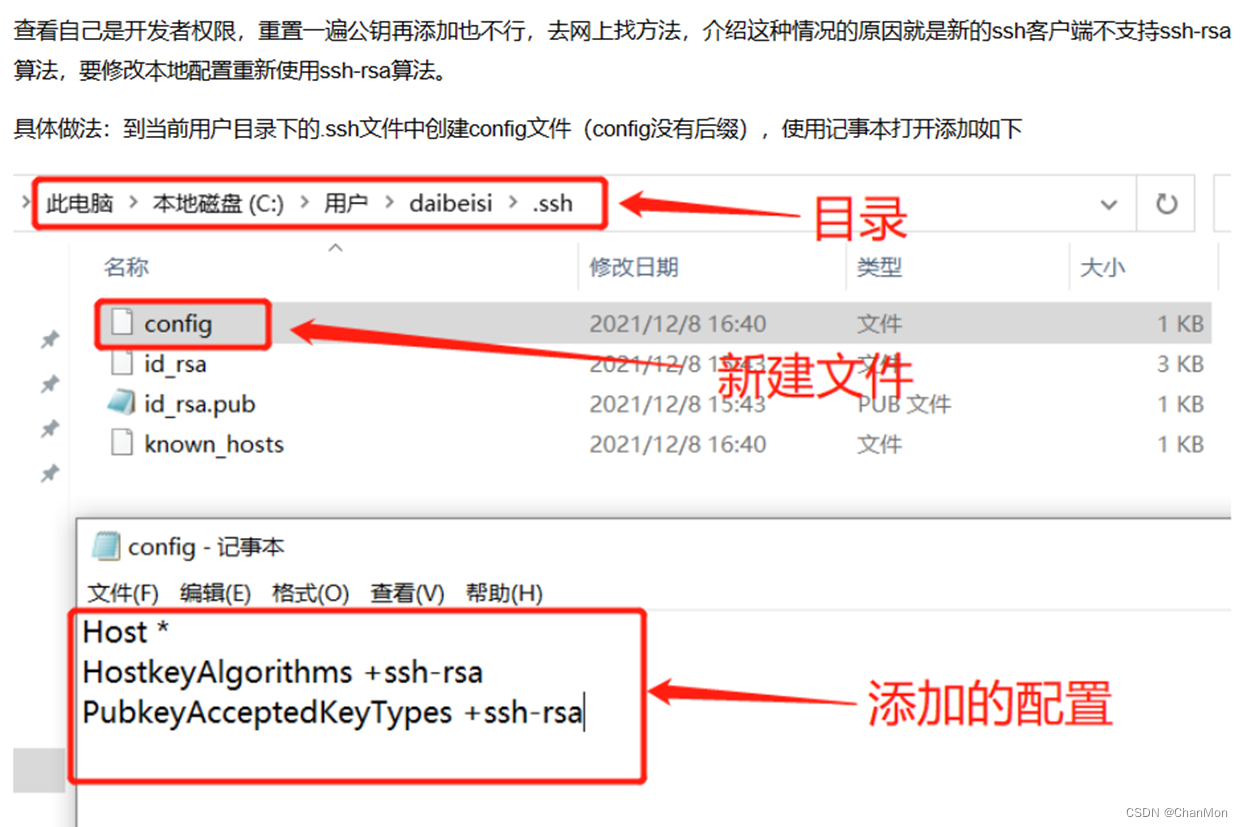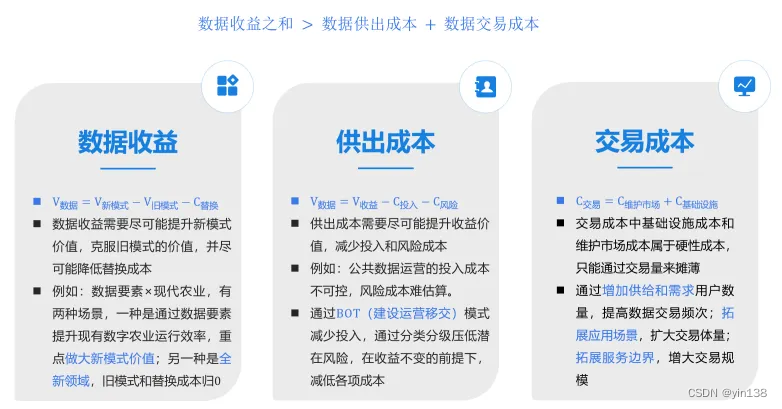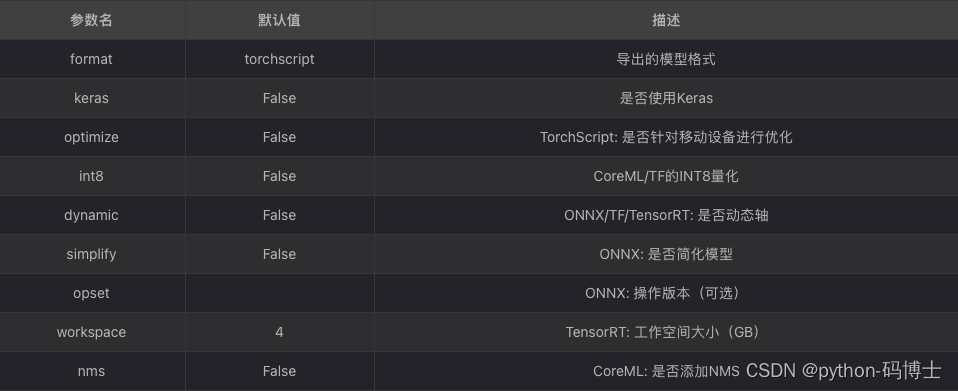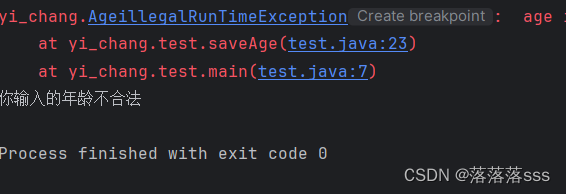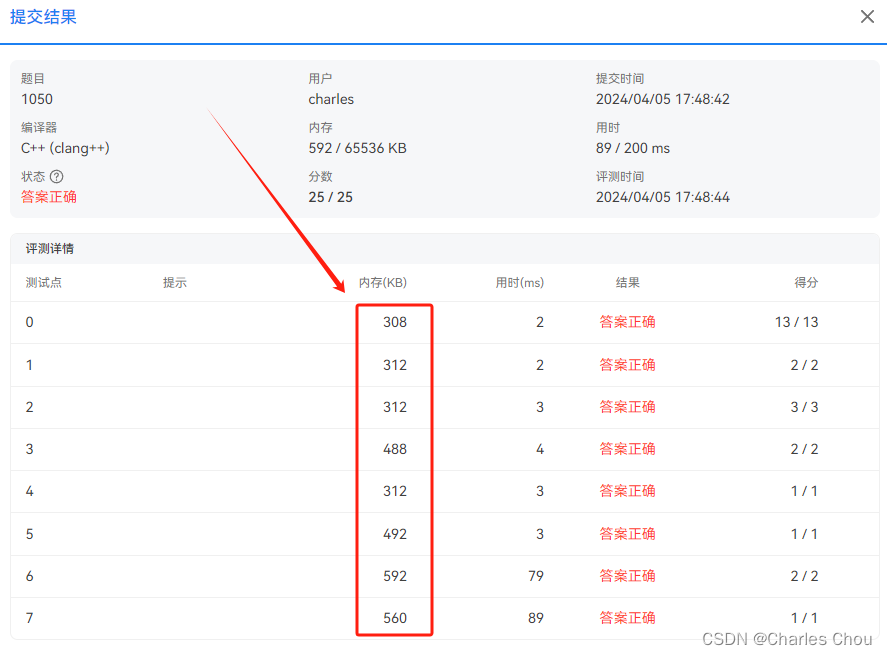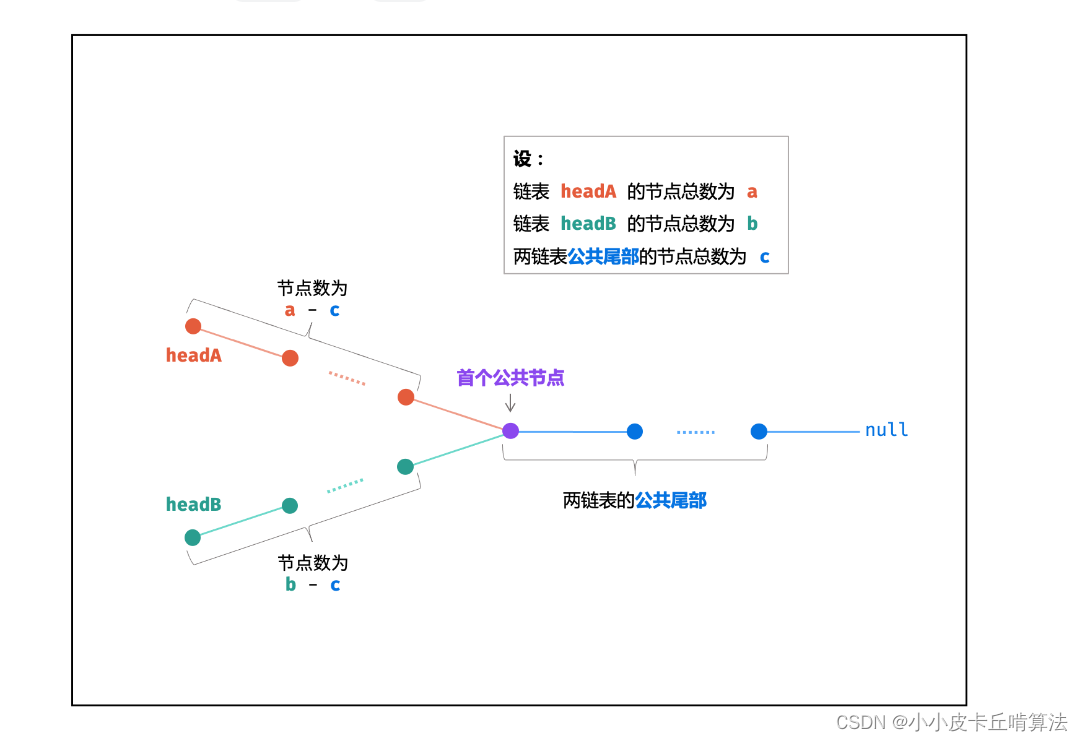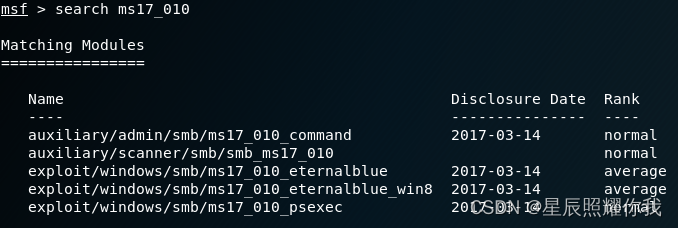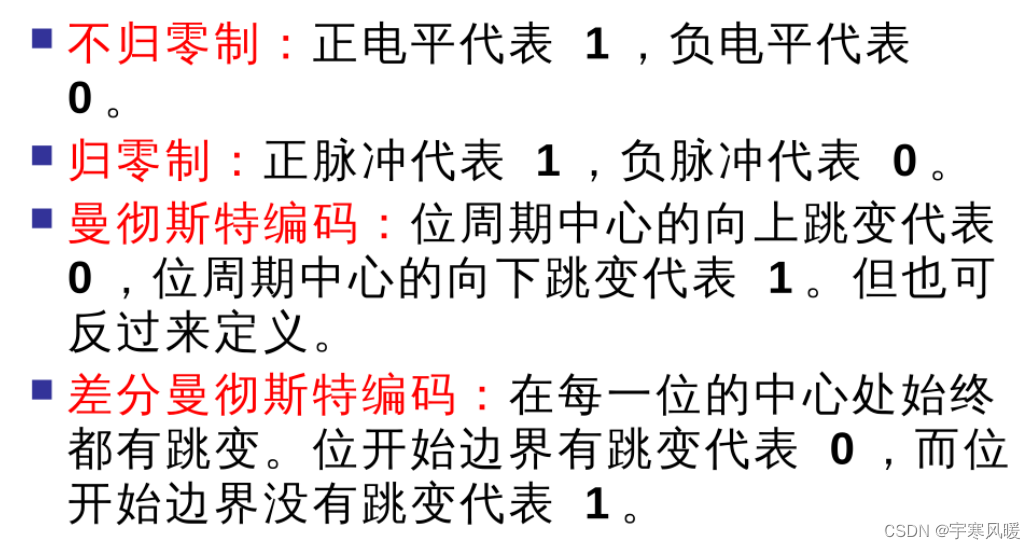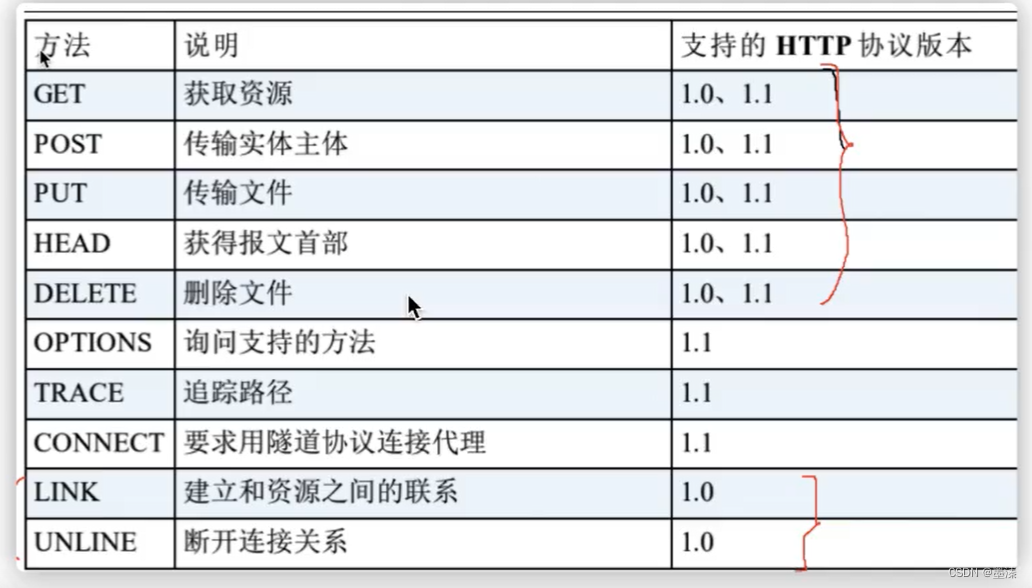直接上代码
# Multi-class dataset
import numpy as np
RANDOM_SEED = 42
np.random.seed(RANDOM_SEED)
N = 100 # number of points per class
D = 2 # dimensionality
K = 3 # number of classes
X = np.zeros((N*K, D))
y = np.zeros(N*K, dtype='uint8')
for j in range(K):
ix = range(N*j, N*(j+1))
r = np.linspace(0.0, 1, N) # radius
t = np.linspace(j*4, (j+1)*4, N) + np.random.randn(N)*0.2
X[ix] = np.c_[r*np.sin(t), r*np.cos(t)]
y[ix] = j
plt.scatter(X[:, 0], X[:, 1], c = y, s = 40, cmap=plt.cm.RdYlBu)
plt.show()
# Turn data into tensors
X = torch.from_numpy(X).type(torch.float)
y = torch.from_numpy(y).type(torch.LongTensor)
# Create train and test splits
from sklearn.model_selection import train_test_split
X_train, X_test, y_train, y_test = train_test_split(X, y, test_size = 0.2, random_state = RANDOM_SEED)
#!pip -q install torchmetrics
from torchmetrics import Accuracy
acc_fn = Accuracy(task = "multiclass", num_classes = 3).to("cpu")
class SpiralModel(nn.Module):
def __init__(self):
super().__init__()
self.linear1 = nn.Linear(in_features = 2, out_features = 10)
self.linear2 = nn.Linear(in_features = 10, out_features = 10)
self.linear3 = nn.Linear(in_features = 10, out_features = 3)
self.relu = nn.ReLU()
def forward(self, x):
return self.linear3(self.relu(self.linear2(self.relu(self.linear1(x)))))
model_1 = SpiralModel().to("cpu")
# Setup data to be device agnostic
X_train, y_train = X_train.to("cpu"), y_train.to("cpu")
X_test, y_test = X_test.to("cpu"), y_test.to("cpu")
# Setup Loss function and optimizer
loss_fn = nn.CrossEntropyLoss()
optimizer = torch.optim.Adam(model_1.parameters(),
lr = 0.02)
# Build a training loop for the model
epochs = 1000
# Loop over data
for epoch in range(epochs):
## Training
model_1.train()
y_logits = model_1(X_train)
y_pred = torch.softmax(y_logits, dim=1).argmax(dim=1)
loss = loss_fn(y_logits, y_train)
acc = acc_fn(y_pred, y_train)
optimizer.zero_grad()
loss.backward()
optimizer.step()
## Training
model_1.eval()
with torch.inference_mode():
test_logits = model_1(X_test)
test_pred = torch.softmax(test_logits, dim=1).argmax(dim=1)
test_loss = loss_fn(test_logits, y_test)
test_acc = acc_fn(test_pred, y_test)
if epoch % 100 == 0:
print(f"Epoch: {epoch} | Loss: {loss:.2f} Acc: {acc:.2f} | Test loss: {test_loss:.2f} Test acc: {test_acc:.2f}")
# Plot decision boundaries for training and test sets
plt.figure(figsize=(12, 6))
plt.subplot(1, 2, 1)
plt.title("Train")
plot_decision_boundary(model_1, X_train, y_train)
plt.subplot(1, 2, 2)
plt.title("Test")
plot_decision_boundary(model_1, X_test, y_test)
结果如下
Epoch: 0 | Loss: 1.13 Acc: 0.32 | Test loss: 1.12 Test acc: 0.37
Epoch: 100 | Loss: 0.09 Acc: 0.98 | Test loss: 0.06 Test acc: 1.00
Epoch: 200 | Loss: 0.04 Acc: 0.99 | Test loss: 0.01 Test acc: 1.00
Epoch: 300 | Loss: 0.02 Acc: 0.99 | Test loss: 0.00 Test acc: 1.00
Epoch: 400 | Loss: 0.02 Acc: 0.99 | Test loss: 0.00 Test acc: 1.00
Epoch: 500 | Loss: 0.02 Acc: 0.99 | Test loss: 0.00 Test acc: 1.00
Epoch: 600 | Loss: 0.02 Acc: 0.99 | Test loss: 0.00 Test acc: 1.00
Epoch: 700 | Loss: 0.02 Acc: 0.99 | Test loss: 0.00 Test acc: 1.00
Epoch: 800 | Loss: 0.02 Acc: 0.99 | Test loss: 0.00 Test acc: 1.00
Epoch: 900 | Loss: 0.01 Acc: 0.99 | Test loss: 0.00 Test acc: 1.00
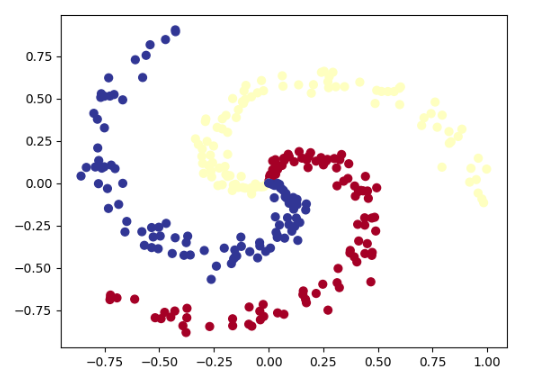
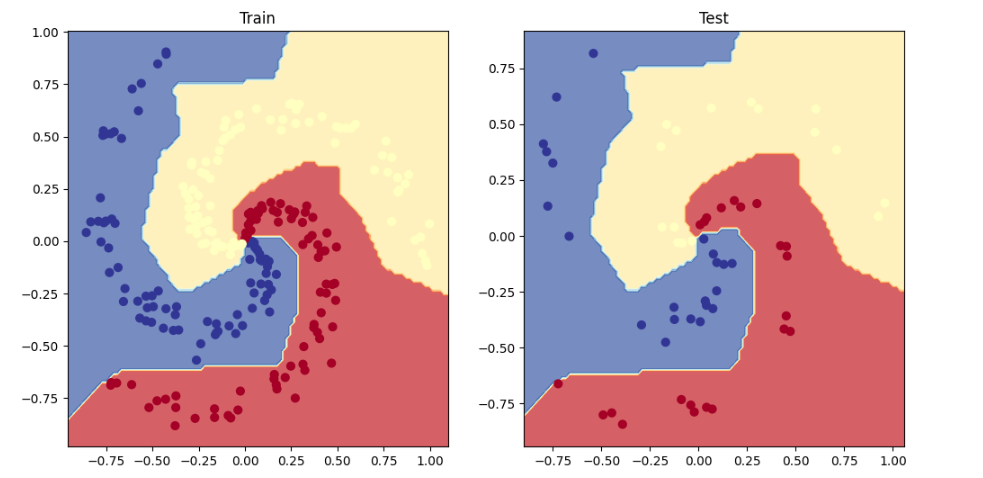
给个赞呗~
